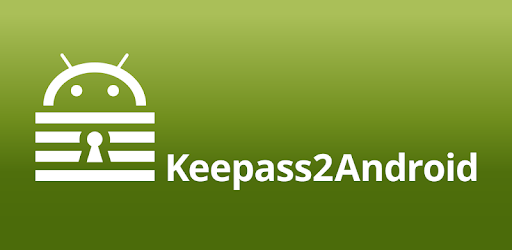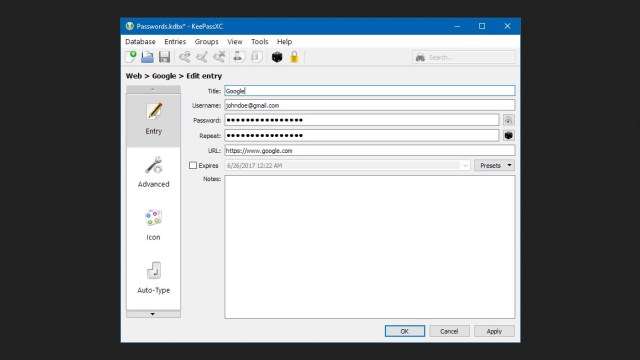
- #KEEPASSXC SYNCHRONIZATION SOFTWARE#
- #KEEPASSXC SYNCHRONIZATION PASSWORD#
- #KEEPASSXC SYNCHRONIZATION OFFLINE#
Select Always if you never want to be prompted again
#KEEPASSXC SYNCHRONIZATION SOFTWARE#
Wait for your file synchronization software to sync changes between devicesĪ pop-up should appear on all other devices asking to Import from container with certificateĪt this point, you should validate the following pieces of information: Make a change to any entry – something as simple as a note will work It can be as simple as writing a note in an entry or updating an outdated password. The easiest way to force a sync is to make a minor tweak to any Keepass entry which will force Keeshare to write a sync file change. Simply put, we are creating a trust relationship between each connected device. We need to make a simple change on each connected device so that all of our devices are aware of each-other’s existence. That file should be monitored by your preferred file sync software for changes, and the file sync software should distribute the file between all computers as changes are made.
#KEEPASSXC SYNCHRONIZATION PASSWORD#
Ensure you use the same file name and password for all other computers.Īnd you’ve successfully setup your KeepassXC to write Keeshare sync information to a file.

Just make sure where ever you save this file, your file sync software is monitoring this file for changes. If using Google Drive Sync, this will be G:\. Save the keeshare sync file somewhere monitored by your file sync software (eg. If you do not want to do this, make sure you DO NOT select Root and instead select a different group for the entries you want to synchronize.įind Keeshare on the left scrolling section, set Type to Synchronize – You can find more information about the different sharing types here


The following steps will synchronize ALL entries between all machines. Click Generate and write something describing your device in the Signer section.Open the KeepassXC settings, and find Keeshare on the bottom of the left scrolling section.Identify the computer that already has the Keepass database with entries. A second computer (or computers) with KeepassXC (new/empty database) and the same cloud/local syncing software installed and configured.I will be using Google Drive in this post.Dropbox, Google Drive, OneDrive, Synology Drive, etc) A cloud or local syncing software is setup (eg.KeepassXC is installed and you have a Keepass database setup.If any computer makes a change, that change propagates to all other computer’s using a single file that stores database changes/differences. In this setup, all computers that utilize Keeshare are kept in-sync with each-other. Keeshare can be used in a few different ways, but in today’s post, I’ll be describing the Synchronize setup. The makers of KeepassXC created, in my opinion, a rather elegant solution to keeping your Keepass database in-sync between multiple trusted computers. When all of your devices update, add, and remove entries from your Keepass database, everything almost immediately begins to break down. Keepass-based password managers are fantastic until you want to manage your password database from multiple difference devices.
#KEEPASSXC SYNCHRONIZATION OFFLINE#
It’s going somewhere, sure, but where? How many times is is being copied? Is it actually encrypted? Agh! I probably sound paranoid, but it’s this general paranoia that pushes me to use offline password managers.

Why? Well, I don’t know what Lastpass or 1Password are doing with my data. I also suggest you consider doing the same. Because of this, I like using an offline solution to manage my general password “complexness”. Incoming personal opinion, disregard if you are just here for the tutorialĬloud based password managers scare the absolute crap out of me.


 0 kommentar(er)
0 kommentar(er)
